If you’re a homeowner or commercial property owner in Long Island, you might be curious about the cost of installing shingles on your roof. Understanding labor costs can help you plan your budget effectively. Labor prices can vary based on several factors, including the complexity of the roof design and the experience of the contractor.
When considering the cost, remember that a “square” in roofing terms refers to a 10×10 foot area, or 100 square feet. The labor cost to install a square of shingles can differ significantly depending on local market conditions and the specific requirements of your project. By getting a clear idea of these costs, you’ll be better equipped to make informed decisions about your roofing needs.
Exploring the elements that influence labor costs can provide you with a clearer picture. From the type of shingles to the accessibility of your roof, each factor plays a role in determining the final price.
Understanding Roofing Labor Costs
Labor costs are crucial when planning a roofing project. Long Island homeowners and commercial property owners must consider these costs to make informed decisions.
What is a Square of Shingles?
A square of shingles covers a 10×10 foot area, totaling 100 square feet. Roofing quotes often use this measurement to provide estimates. Understanding the square concept helps in comparing labor costs for different roofing projects.
Factors Influencing Labor Costs
Several factors affect roofing labor costs on Long Island:
- Roof Design Complexity: Complex designs with steep slopes or multiple angles demand more labor, increasing costs. Simple roofs cost less in comparison.
- Contractor Experience: Skilled contractors with years of experience often charge more, reflecting their expertise. Engaging experienced contractors could increase your project’s labor cost but often results in better quality work.
- Local Market Conditions: Labor costs vary with market trends in Long Island. High demand or shortage of skilled labor can lead to price fluctuations.
- Roof Accessibility: Easy-to-access roofs cost less to install shingles. Difficult access can increase labor time and expenses, adding to your project’s total cost.
Understanding these factors helps anticipate labor costs and budget for your roofing project confidently.
Average Labor Costs in Different Regions
Labor costs to install shingles can change based on location. Pricing differences are largely affected by geographic and economic factors across different areas.
Cost Variances by State
In states like New York, labor costs tend to be higher. You’re likely to see rates around $60-$90 per hour due to the higher cost of living and demand. In contrast, states such as Mississippi might have labor costs ranging from $40-$60 per hour, given the lower cost of living and less demand.
Urban vs. Rural Areas
Urban areas usually have higher labor costs for shingle installation. If you’re in a city like New York City, contractors may charge more due to higher living costs and increased demand. In rural areas, such as those found in upstate New York, labor costs might be lower. With fewer contractors and less overhead, you might find rates to be more budget-friendly, making it less expensive overall.
Additional Factors Affecting Labor Costs
Labor costs for installing shingles can fluctuate due to various factors beyond the basics.
Roof Complexity and Pitch
Complex roofs with multiple slopes or angles take more labor, increasing costs. In contrast, basic roofs are cheaper to shingle. The pitch also impacts costs; steeper roofs require more safety gear and time, leading to higher expenses. You can anticipate more labor time and preparation on complicated projects.
Seasonal Labor Variations
Season affects labor costs. In peak seasons, like spring and summer, demand increases, raising labor rates. Contrarily, in off-seasons, like late fall or winter, fewer projects might cause costs to decrease as contractors seek work. Choose times with less demand to possibly save on labor expenses.
How to Get an Accurate Estimate
Securing a precise estimate for shingles installation on Long Island involves several key steps. Engaging with the right professionals and getting detailed quotes helps streamline the process.
Hiring a Professional Roofing Contractor
Select a roofing contractor with verified experience. A reliable expert can provide accurate labor estimates for your shingle installation project. Check credentials and reviews of the contractors. Look for licenses and insurance. Recommendations from friends or online reviews can guide you.
Communicate with multiple contractors. Comparing offers from at least three professionals can give you a range of estimates. Discuss specifics like roof design, material type, and existing conditions to prevent unexpected costs. Clear communication ensures the contractor’s understanding aligns with your project’s needs.
Importance of Detailed Quotes
Obtain detailed quotes from your chosen contractors. Comprehensive estimates break down costs and prevent misunderstandings. Ensure the quote lists not just labor expenses but also specifics like materials and projected timeframes. This transparency clarifies what you’re paying for.
Review each quote thoroughly. Look for details indicating potential additional costs, such as high roof access fees or debris removal charges. Use these insights to negotiate terms and adjustments. Detailed quotes provide a foundation for setting realistic budgets and timelines.
Conclusion
Understanding the labor costs for installing a square of shingles is crucial for effective budgeting and planning. By considering factors like roof complexity, contractor experience, and local market conditions, you can make informed decisions that align with your financial expectations. Whether you’re in Long Island or elsewhere, securing multiple detailed quotes and hiring experienced professionals will ensure quality work and help avoid unexpected expenses. This approach not only provides clarity but also empowers you to manage your roofing project efficiently.

